In a cost cutting move, the U.S. Coast Guard has proposed removing 31 navigation buoys from waters surrounding Martha’s Vineyard. The Coast Guard proposes removing the sound devices such as bells, gongs and whistles from 10 others, while leaving the buoys in place.
Some of the changes would affect familiar aids to navigation (ATON) for mariners navigating near the Island, and in local harbors. Reaction to the proposed changes ranges from indifference to puzzlement to anger.
In a marine safety information bulletin issued May 16, the Coast Guard wrote that it evaluated approximately 450 buoys in Vineyard Sound, Nantucket Sound and Buzzards Bay.
“We carefully evaluated these reasonably limited measures that will maintain or improve navigation safety, while increasing the efficiency and cost effectiveness of our overall ATON program,” wrote Coast Guard captain J.T. Kondratowicz. “Our review suggests that 43 aids identified in the proposal consume Coast Guard (and taxpayer) resources that exceed any navigation safety benefit delivered to the boating public.”
Among the buoys the Coast Guard proposes to “disestablish and remove” is the green number 9 buoy in Edgartown Harbor, which marks a sharp southward turn in the navigation channel.
“We use it a lot to direct people to our mooring fields,” said Edgartown harbor master Charlie Blair. “It’s in our radio discussion with almost every boat that comes into the harbor. It marks the turn in the channel. The channel goes from west to south right there, a hard 90 degree turn.”
Mr. Blair said that more than a decade ago the Coast Guard removed green buoys numbers 11 and 13, which marked the channel further down the harbor toward Katama Bay. The town thought the aids to navigation were so important it replaced them at town expense, and maintains them every year. He said he will recommend the town do the same with green buoy number 9.
Mr. Blair estimates a new buoy and tackle will cost about $800, and the cost of maintaining it each year will be about $400.
“They’re going to eliminate it, take it off their budget, and it’s going to cost me more to do the same job,” he said. “It’s a lot cheaper if the government does it. They come in once a year with a buoy tender, they haul it right on deck, clean it, paint it and put it right back in.”
Mr. Blair said he has notified the Coast Guard of his objections to removing the buoy, and asked them to reconsider the decision.
Another familiar buoy slated for removal is the red number 4 buoy off West Chop, which marks shoal, rocky water a considerable distance offshore. That mark is part of almost every race course sailed by the Holmes Hole Sailing Association, which stages popular summer racing on Thursday evenings and Sunday mornings throughout the summer. Roger Becker, who oversees the racing, said removing the buoy would cause more than an inconvenience for competitors.
“That’s big trouble,” Mr. Becker said. “It keeps people away from Douglas Rock and the other rocks in there. There’s one half the distance from the shore, it’s right up there around three feet. If you’ve ever been out there in fog, you’re trying to determine how close you can get to West Chop before you should get nervous. You want something like a buoy to show up. Distances can become very obscure in the fog. Things that look far away can be very close.
In Oak Bluffs, harbor master Todd Alexander is less concerned about the proposal to remove green buoy number 1 off Inkwell Beach. Navigation charts show the buoy guards a small spot about four feet deep, directly out from the jetty.
“In my boating days, I was always more concerned about hitting it than if it was doing me any actual good,” Mr. Alexander said. “If they’re going to remove one, I would choose that one. There may be people who disagree with that.” He said he did have concerns about other buoys that may be removed, which mariners rely on to stay out of shoal water.
Among the buoys on the Coast Guard list which leave some Island boaters scratching their heads is the large bell (CH) outside Cuttyhunk Harbor. Many boaters navigate to that mark, visible from miles away, in their approach to the popular cruising destination. From there, they enter the tricky channel that leads into the harbor.
Also generating concern are seven buoys that mark a narrow and treacherous channel through Robinson’s Hole, one of the passages through the Elizabeth Islands regularly used by Vineyard boaters. All the buoys are targeted for removal.
Bruce Almeida sails his catboat from Padanaram to Martha’s Vineyard often in the summer, but if there are no buoys there, he is not likely to make the passage. “If there’s any kind of current running, you would be foolish,” Mr. Almeida said. “I’ve gone through there two or three times a season forever. It gives the navigator a sense of relative position. You’re not going to learn that from your GPS (Global Satellite Positioning). If you see an object in the water you’re going to have a sense of what’s happening based on you moving and that not moving.”
The Coast Guard also proposes removing sound devices from several buoys, while leaving the buoys in place. Among these are most of the large buoys used by everyone from recreational boaters to cargo barge captains to guide their vessels through safe water. The bells, gongs, and whistles provide confirmation of safe position for those navigating in fog or at night.
“The whole thing of trying to save money by removing gongs and bells is even more hideous,” Mr. Almeida said. “When you need to find a gong, when you hear it you feel great, you work your way toward it, you’ve established your position.”
The Coast Guard is asking for comments on its proposal to remove or modify the aids to navigation.
“We will carefully consider all comments submitted and adjust our proposal if warranted,” wrote Mr. Kondratowicz in the safety information bulletin.
Edward LeBlanc, chief of waterways management at the Coast Guard, is compiling the responses. He said comments are already coming in.
“We’ve had a few, probably a dozen, a dozen and a half,” Mr. LeBlanc said. “We’re getting good feedback and we appreciate it.”
If the proposed changes are finalized, the Coast Guard would not begin making changes to the aids to navigation system before Nov. 1, 2016.
To contact Mr. LeBlanc, email Edward.G.LeBlanc@uscg.mil or call (401) 435-2351. Comments will be accepted until June 30.


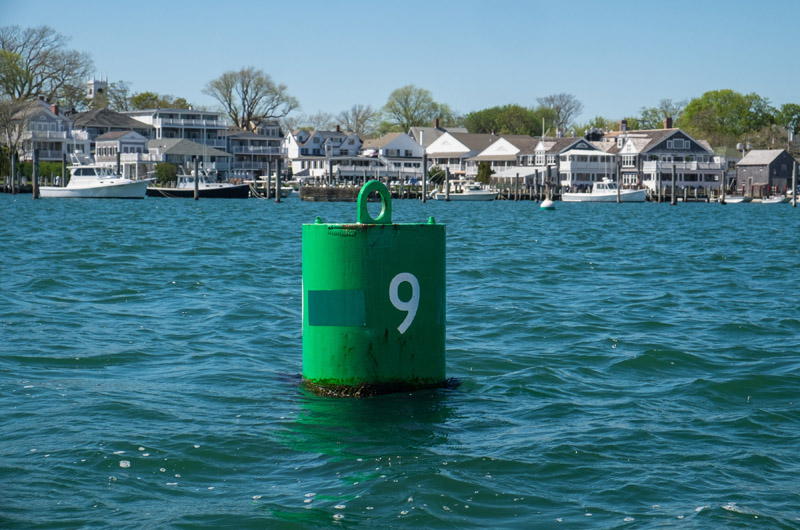
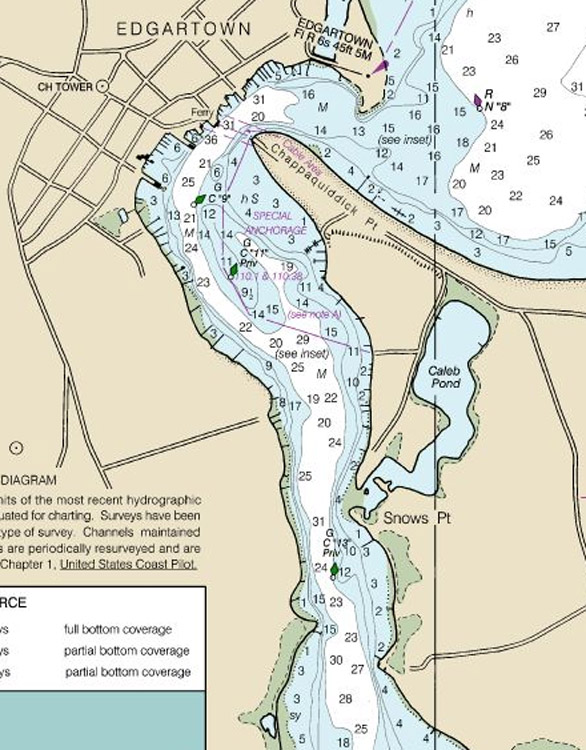
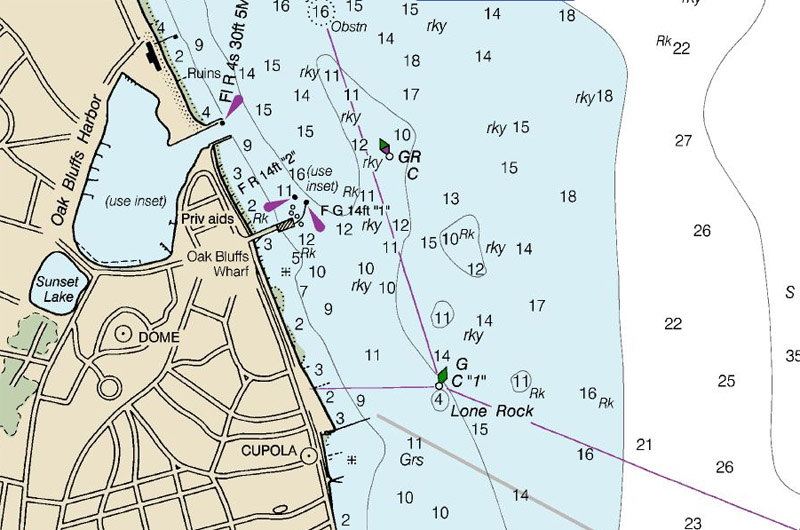
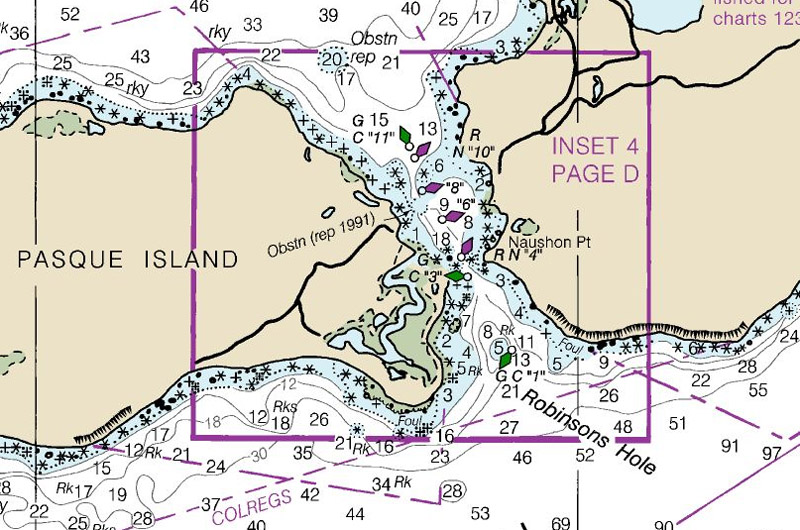
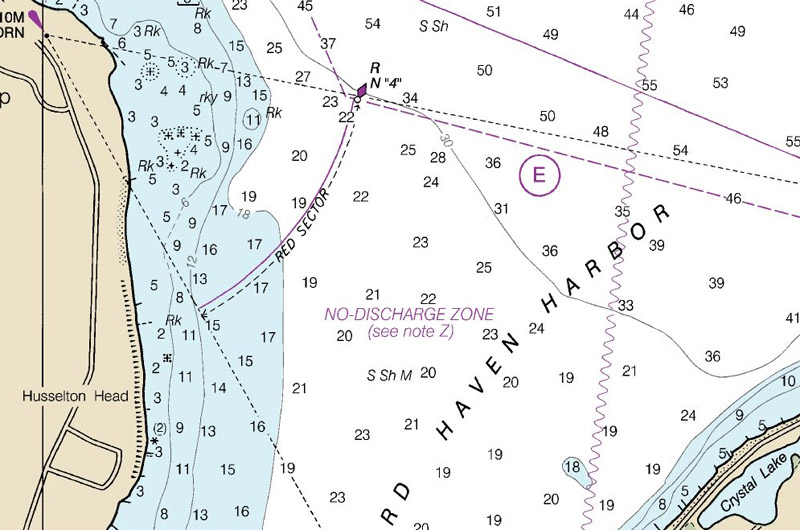


Comments (29)
Comments
Comment policy »